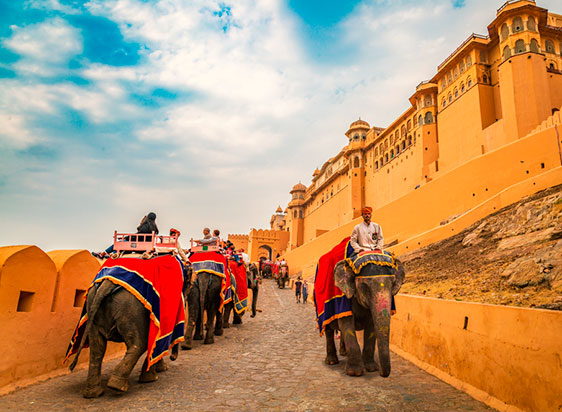
The state capital of Rajasthan, Jaipur, is a dazzling spectacle of culture, history, and architectural splendour. Also known as the “Pink City of Rajasthan,” due to the traditional terracotta pink hue of its ancient structures, Jaipur was deliberately planned and was built in 1727 by Maharaja Sawai Jai Singh II. Jaipur’s infrastructure blends Mughal and classic Rajput architectural features, as a testament to the creativity and visionary spirit of the Rajput rulers. Jaipur is a colourful city that preserves its royal heritage in its bustling bazaars, thrilling festivities and welcoming people. It is not just a series of historical monuments. A journey through Jaipur is a living experience that provides an eye-opening glimpse into India’s glorious royal history by escorting travellers to a bygone era of kings, queens and imposing fortifications.
Amber Fort –
Also known as Amer Fort, a UNESCO World Heritage Site and the undisputed crown jewel in the line of attractions for Jaipur. It is resplendently located atop a hill overlooking Maota Lake. This fortress complex was built in 1592 by Raja Man Singh I, a stunning representation of Rajput-Mughal architecture. There are many palaces, halls, gardens and courtyards in its white marble and red sandstone structure. Some other main attractions of Amber Fort are Hawa Mahal, Nahargarh Biological Park, City Palace, Jantar Mantar, Albert Hall Museum, etc.
Hawa Mahal –
The Hawa Mahal is a stunning five-story palace built in 1799 by Maharaja Sawai Pratap Singh, a celebrated symbol of Jaipur. It was built of pink and red sandstone with its honeycomb-like façade consisting of 953 small windows with intricate latticework. The royal ladies could observe the celebratory processions and daily lifestyle on the streets below without being seen because of its architecture. Due to its ingenious ventilation system, Hawa Mahal is referred to as the Palace of Winds.
City Palace –
The royal family residence of City Palace, a sprawling compound that stunningly blends Rajput, Mughal and European architectural influences, stands in the middle of the Old City. The present Jaipur royal family continues to live in a private section of the palace, built by Maharaja Sawai Jai Singh II. The Mubarak Mahal now houses the Maharaja Sawai Man Singh II Museum, featuring royal attire, fabrics, and antiquities, one of the complex’s several courtyards, gardens and buildings.
Jantar Mantar –
The astronomical observatory, Jantar Mantar, was built by Maharaja Sawai Jai Singh II is one of the largest and best-conserved astronomical observatories. Jantar Mantar is presently a UNESCO World Heritage Site. It was built between 1728 and 1734 and comprises a group of 19 large-scale astronomical instruments. These were built to calculate time, monitor celestial bodies, predict eclipses, and precisely calculate the positions of planets.
Nahargarh Fort –
The Abode of Tigers, Nahargarh Fort, offers panoramic views of the entire Pink City from its position on top of the unbridled Aravalli hills. It was built as a fortification in 1734 by Maharaja Sawai Jai Singh II, and subsequently turned into a hunting lodge for the royal family. The fort is popular for the unique Madhavendra Bhawan, a residential palace within the fort containing 12 identical queens’ boudoirs for the king.
Jaigarh Fort –
The Victory Fort of Jaipur is a robust military fortress that overlooks the Amber Fort and lies on the “Cheel ka Teela” of the Aravalli range. It was built by Jai Singh II in 1726 to protect the Amber Fort and its palace complex. Jaivana, the world’s largest cannon on wheels, was fired only once, even though the fort is known to possess it. The massive walls, watchtowers, and beautifully maintained armoury collection.
Jal Mahal –
Located in the middle of the Man Sagar Lake, the mystical Jal Mahal or the Water Palace is an awe-inspiring work of architecture. It stands five stories tall with only the 5th story visible above sea level; the remaining four floors are submerged underwater. The pale sandy color of the palace was built during the 18th century as a summer resort and duck hunting lodge of Maharaja Madho Singh I, stands beautifully contrasted to the deep blue of the lake.
Albert Hall Museum –
The ancient museum in Rajasthan, Albert Hall Museum, is in an Indo-Saracenic style of architecture and is set amidst the beautiful Ram Niwas Garden. Modelled after London’s Victoria and Albert Museum, the building itself was erected in 1887 and is a wonder to see. Several attractions like miniature paintings, carpets, ceramics, tribal art, natural history specimens and a fascinating Egyptian mummy are exhibited at the museum.
Galtaji Temple –
The Galtaji Temple or Monkey Temple is one of the most important Hindu pilgrimage sites, located hidden in the Aravalli Hills on the outskirts of Jaipur. The old temple complex comprises temples, pavilions and holy kunds, often explored by many sacred monkeys. The most striking aspect of the temples is their unique structure, which looks more like a haveli than a regular temple.
Bustling Bazaars –
A trip to Jaipur would be incomplete without indulging in its vibrant shopping hub. Bapu Bazaar is particularly known for its textiles and traditional Rajasthani fabrics, particularly block-printed ones. For jewellery lovers, though, Johari Bazaar is a place to be. Johari Bazaar offers a beautiful range of choices, from dainty pieces to resplendent bridal sets, and Jaipur is renowned for its exquisite jewels, including Kundan and Meenakari jewellery.
Conclusion –
Jaipur has a unique charm, from its imposing fortifications on hills that recount the history of bravery and majesty to its intricately laid-out palaces that remind one of the royal lifestyle, offering a sensory extravaganza of colours and handicrafts.
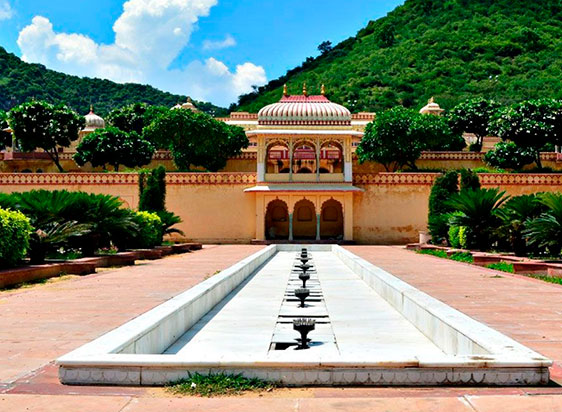
Sisodia Rani ka Bagh Jaipur
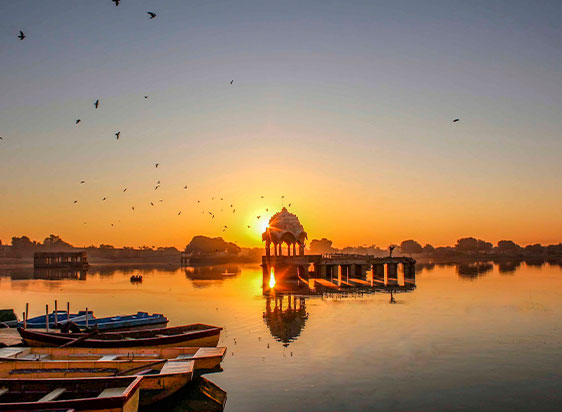
Gadsisar Lake Jaisalmer

Nathmal ji ki Haveli Jaisalmer
.webp)
Desert Festival Jaisalmer – Music, Dance & Culture
.webp)
Rajasthan Festival Calendar: Your Guide to Celebrations
.webp)
A Food Lover’s Guide to Rajasthan: What to Eat & Where
.webp)
Forts & Palaces of Rajasthan You Cannot Miss
.webp)
National Parks and Wildlife Sanctuaries in Rajasthan
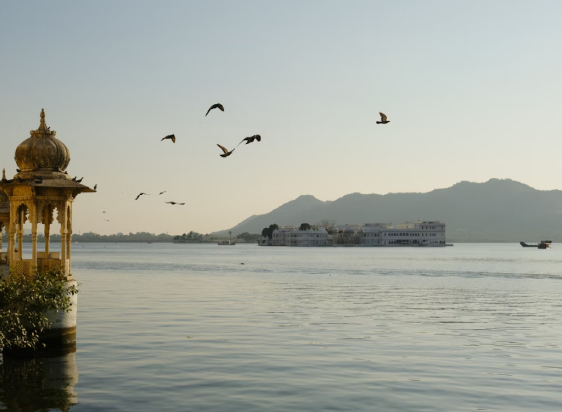
City Palace Udaipur Travel Guide: Timings, Tickets, History & Photography Spots
.webp)
Explore India’s Heritage in 3 Days: Golden Triangle Tour Itinerary
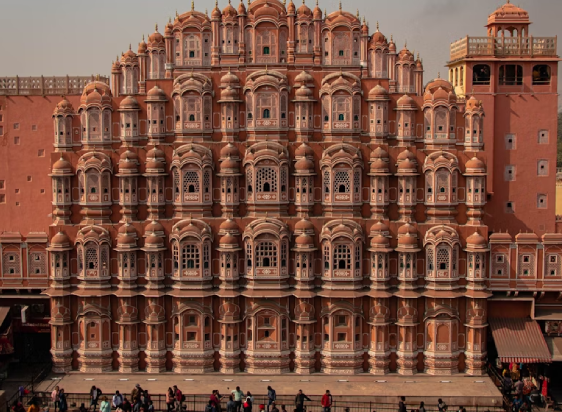
Golden Triangle Tour: 4 Days of History, Culture, and Adventure
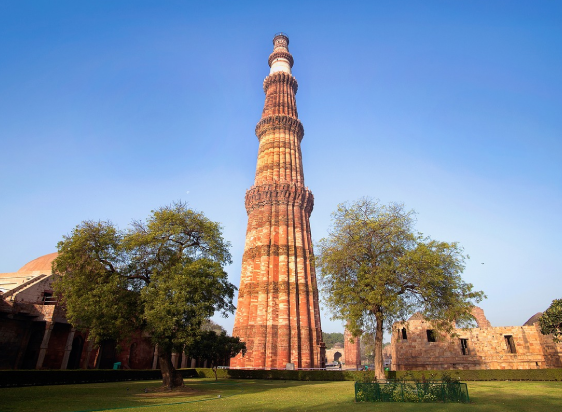
Maximize Your Experience: 5-Day Golden Triangle Tour Package Highlights
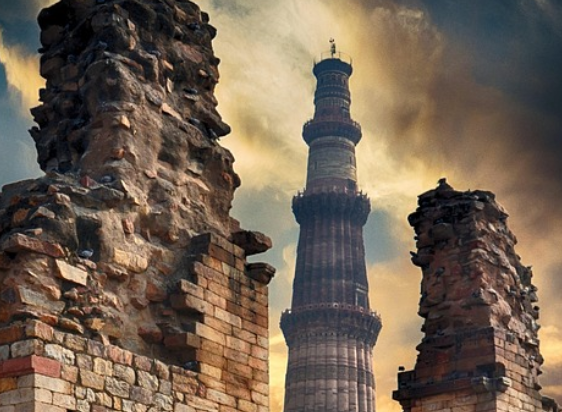
The Ultimate 6-Day Golden Triangle Tour: From Monuments to Markets

10 must-see places in Jaipur
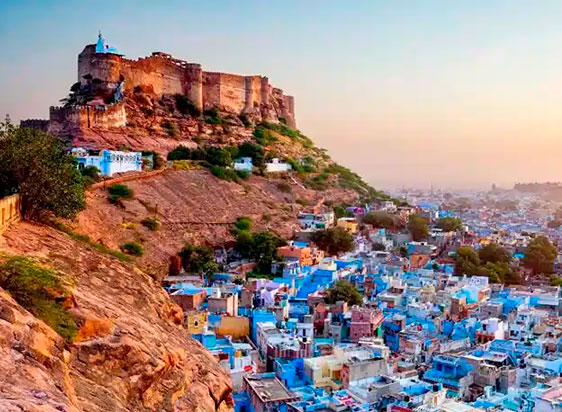
10 must-see places in Jodhpur
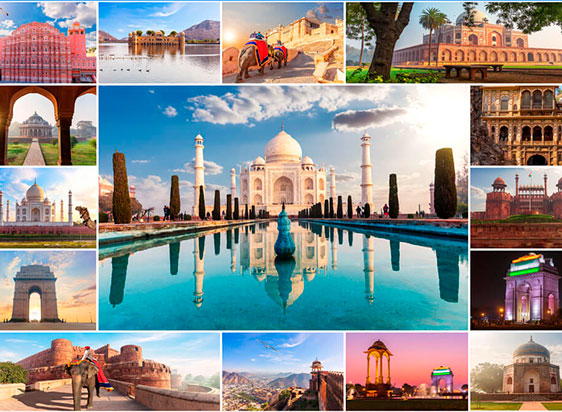
10 Must-See Places in India
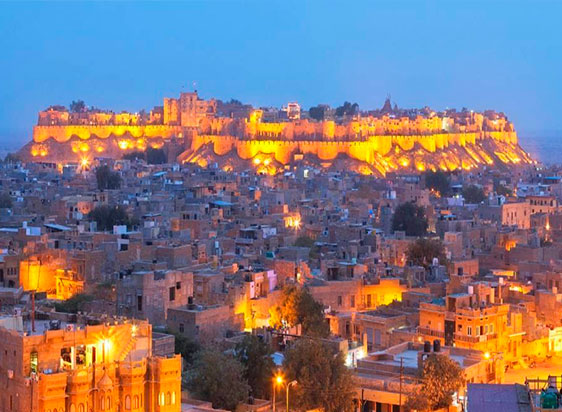
10 must-see places in Jaisalmer
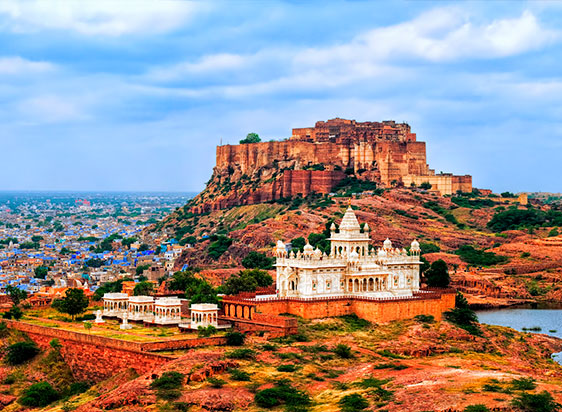
10 must-see places in Rajasthan
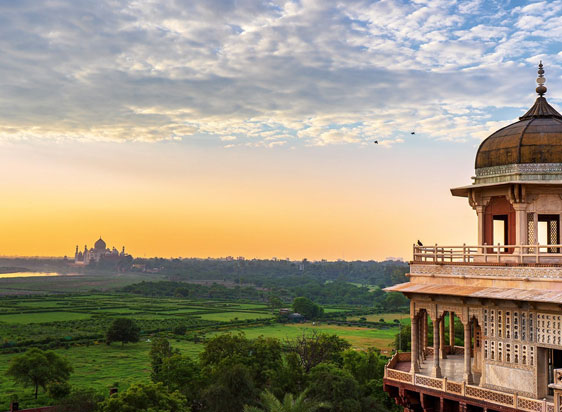
How to Reach Agra?
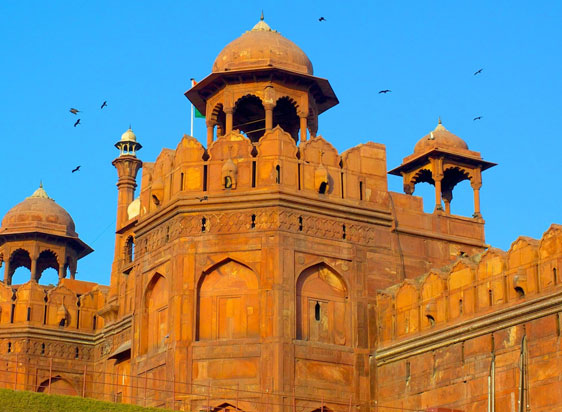
How to Reach Delhi?
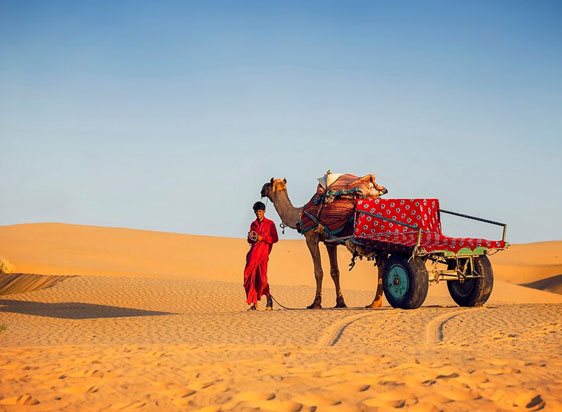
How to Reach Jaisalmer?
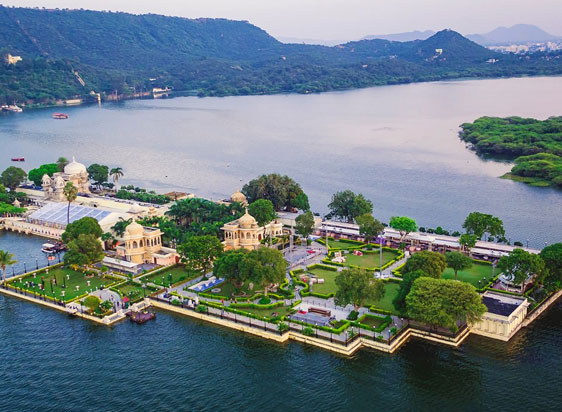
How to Reach Udaipur?
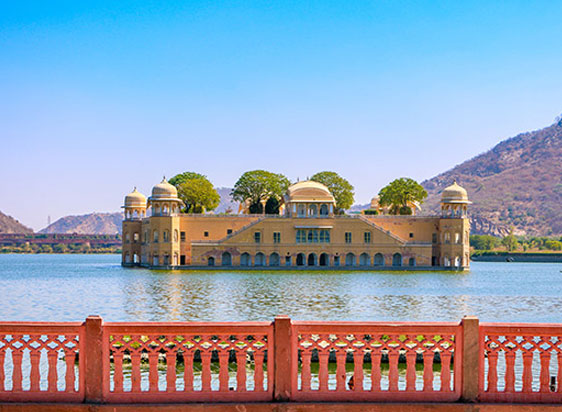
How to Reach Jaipur?

Char Dham Yatra: A Journey of Faith and Spiritual Awakening in Uttarakhand

Places To Visit in Jaipur with Family
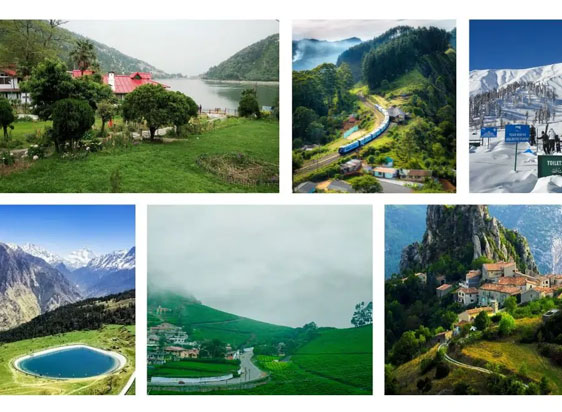
10 Hill Stations In India- Location, History, Timings, Images

India Gate Delhi – Location, History, Timings, Entry Fee, Images
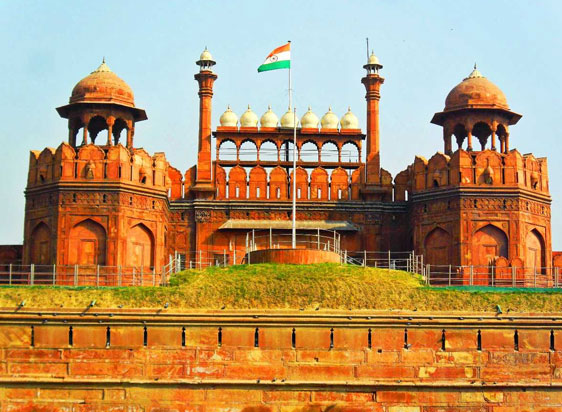
Red Fort – Old Delhi, Facts, Timings, History, Location

Golden Triangle Tour of Luxury and Budget-Friendly

Best Time to Visit the Golden Triangle: Seasonal Travel Guide

Akshardham Temple Delhi Timings, History, Entry Fee, Images, Aarti, Location & Phone Number

Best Ranthambore Tour Packages Itinerary

Best Jaisalmer Tour Packages Itinerary

Best Udaipur Tour Packages Itinerary

Best Jaipur Tour Packages Itinerary

Best Rajasthan Tour Packages Itinerary

How to pick the right India tour packages?

All India Tour Packages Cost: Exploring the Riches of Incredible India

Rajasthan Festivals Tour Guide

A Complete Travel Guide to Jaipur for IIFA 2025

IIFA 2025 Jaipur: Celebrating 25 Glorious Years of Indian Cinema / IIFA Awards 2025 Date, Venue, Tickets, Host, Transportation
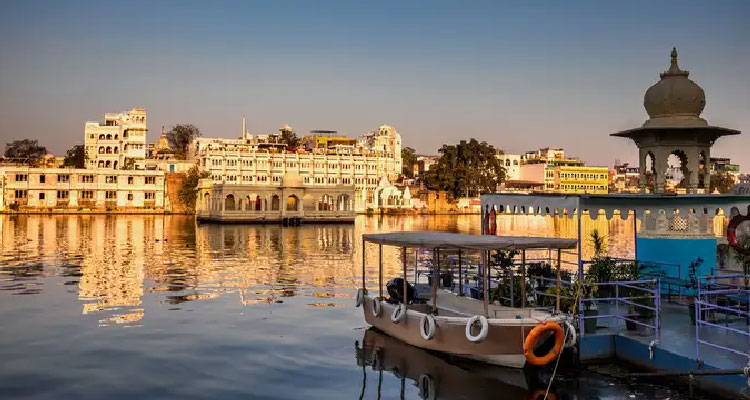
Taj Lake Palace Udaipur

Eklingji Temple, Udaipur

Bagore ki Haveli, Udaipur

Most Popular Dishes to Try in North India Tour

Ranthambore National Park Safari

Moti Doongri Ganesh Temple Jaipur
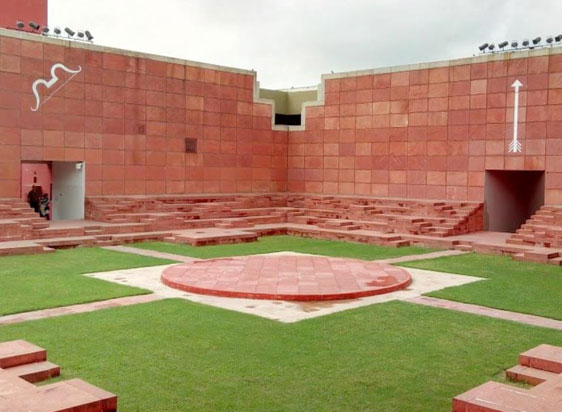
Jawahar Kala Kendra Jaipur
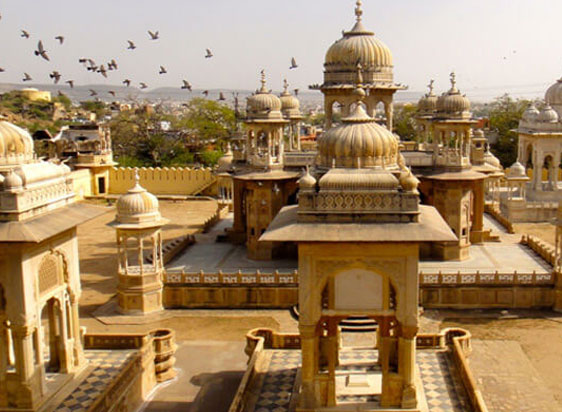
Gatore Ki Chhatriyan Jaipur – Entry Fee, Timing, Location

Albert Hall Museum Jaipur

Panna Meena ka Kund Jaipur
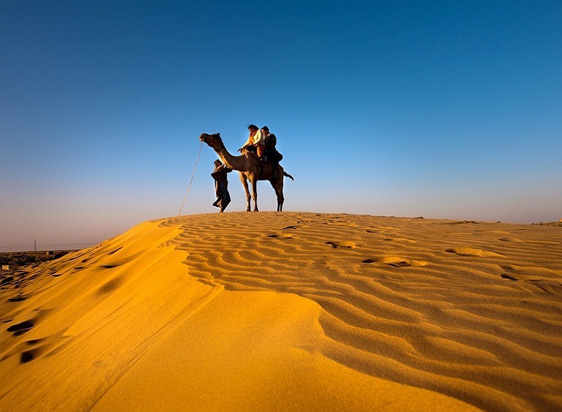
How to Book a Tour Guide in Jaisalmer?

How to Book a Tour Guide in Ajmer Pushkar?
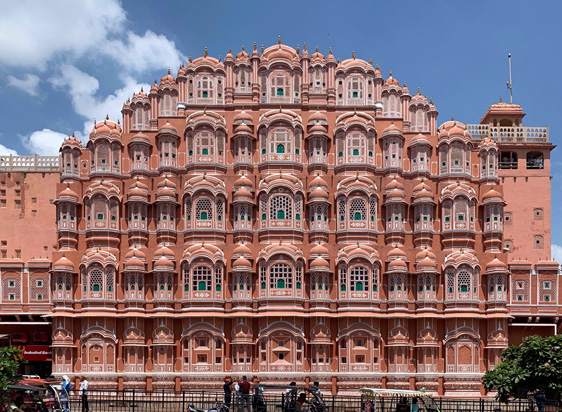
How to Book a Tour Guide in Jaipur?
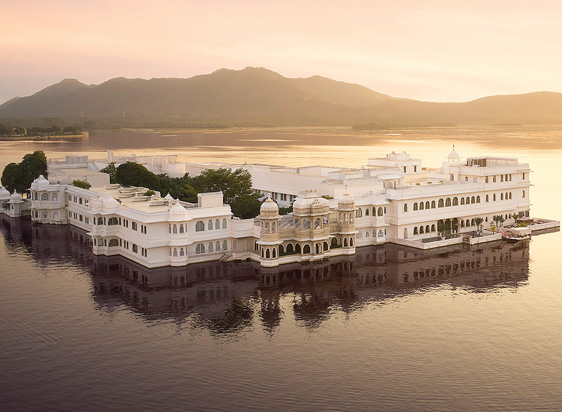
How to Book a Tour Guide in Udaipur?

How to Book a Tour Guide in Rajasthan?

Female tourist guide in Jaipur

Jaipur Solo Trip Package

These 7 spots will tell you why Rajasthan is the perfect spot for Glamping

7 Unforgettable Road Trips of Rajasthan

Film Shoot Locations in Jaipur

Jaipur Zoo Garden – Timings, Entry & Tickets Prices, and Things to See
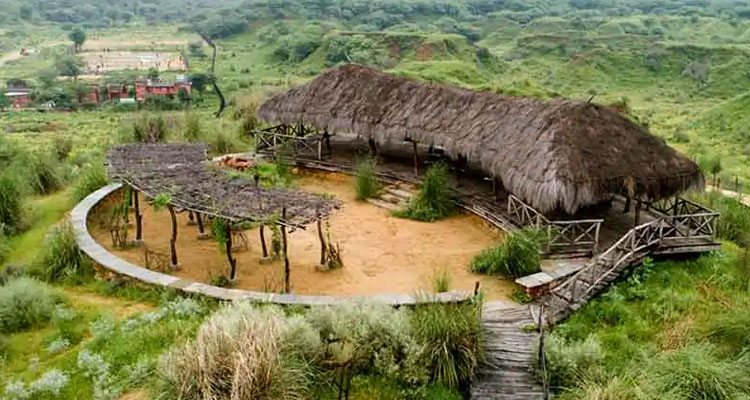
Kishan Bagh Jaipur – Entry Fee, Timings, Location
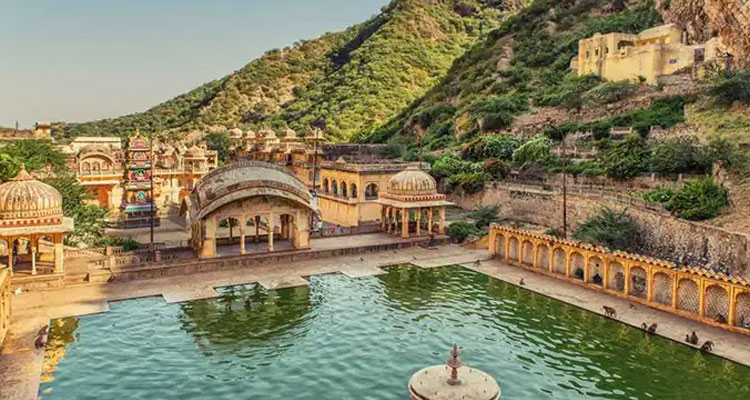
Jaipur Tourism: All you need to know
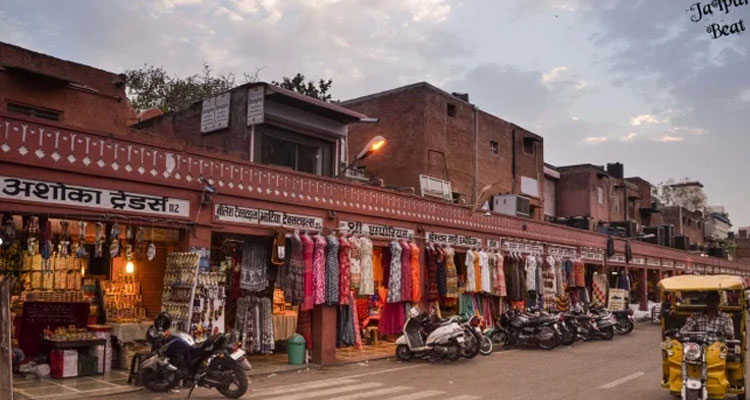
Johari Bazaar Jaipur: A Must-Visit Shopping Place

Chandra Mahal Jaipur

6 Exhilarating Road Trips From Jaipur That’ll Invoke Your Wanderlust Soul

Jaisalmer Nightlife: What To Do And See In The Golden City After Dusk Falls

Places To Visit in Udaipur At Night

Top 10 Winter Honeymoon Destinations in Rajasthan to Make Memories with Your Loved Ones

10 Best New Year Destinations in Rajasthan
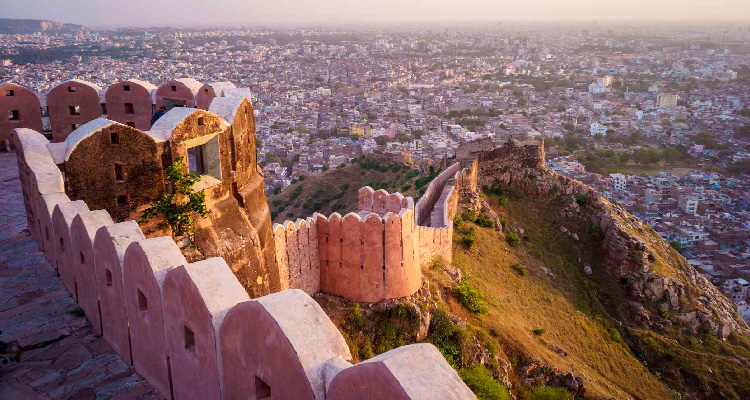
Nahargarh Fort Jaipur – History, Architecture, Timing, Entry Fee, Attractions, Lesser-Known Facts

Tips for Solo Female Travelers in Rajasthan

Discover the Unseen Places in Rajasthan

Best Monsoon Tour Packages of Rajasthan

12 Reasons Why I Absolutely Loved Rajasthan

Rajasthan Cultural Holidays

Best One Day Trips in Rajasthan

Birla Mandir Jaipur – History, Architecture, Timing, Entry Fee, Attractions, Lesser-Known Facts
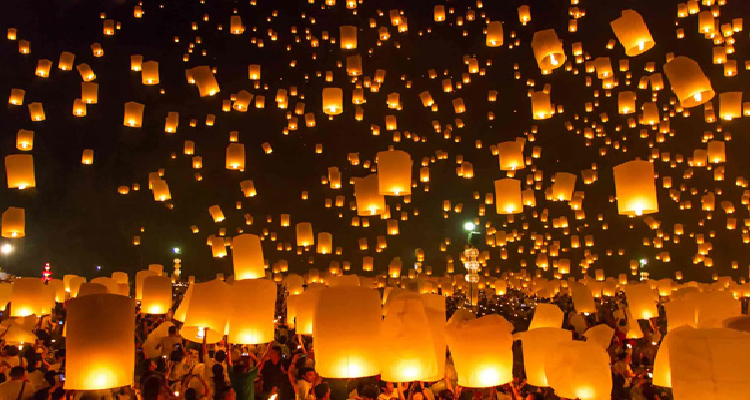
Top 7 Destinations in India to Celebrate New Year 2024

Jaipur Travel Tips
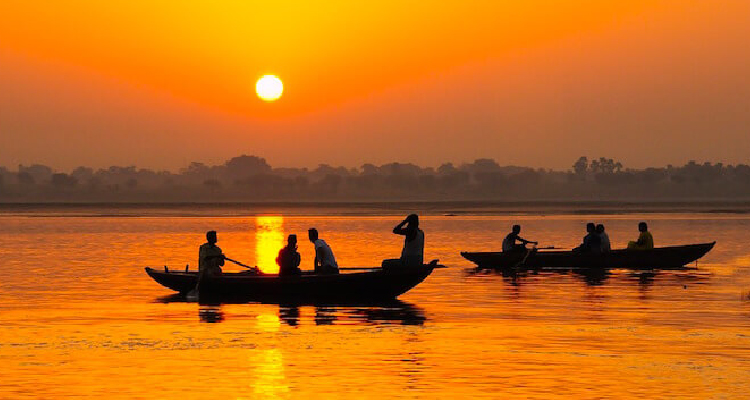
7 Amazing Things to Do and See in India in 2023-24
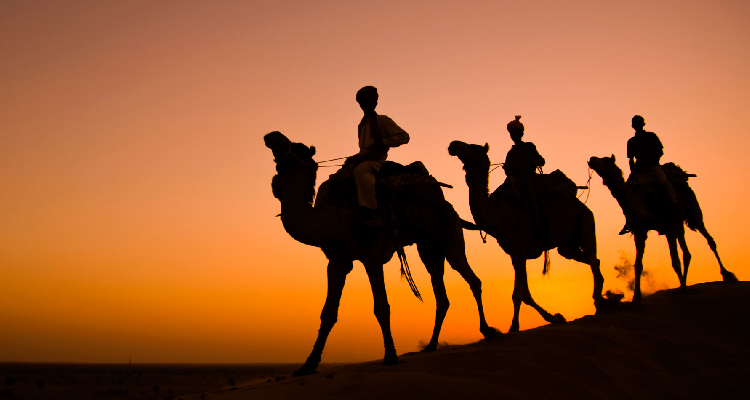
The Ideal Rajasthan Itinerary

Places to visit near Jaipur for 2 days

India's Top 10 UNESCO WORLD heritage sites

Royal Experiences in India to Make You Feel Like Maharajas in 2023-24
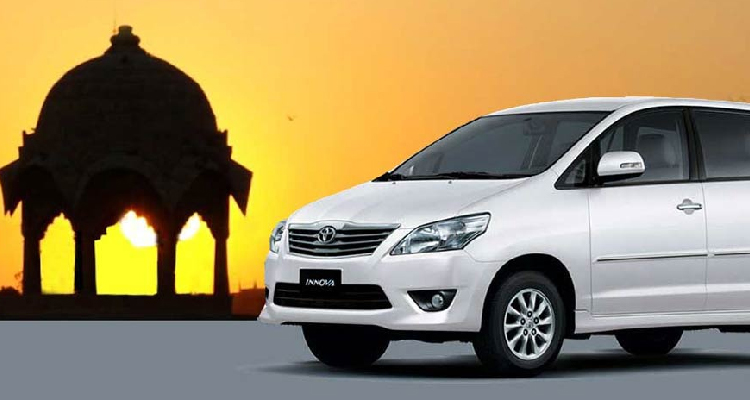
Jaipur Tour by Private Car and Driver

Luxury Travel India: Explore the best Luxury India Tour in one go
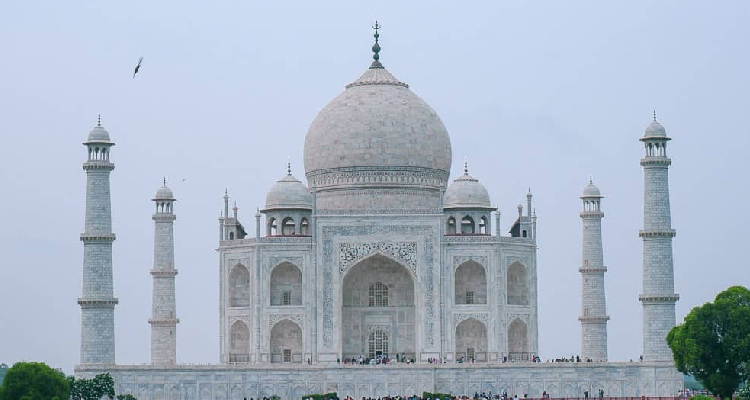
A Complete Guide to India Golden Triangle

How To Choose The Best Taxi Service in Jaipur for Sightseeing

The Ultimate Rajasthan Family Vacation: A Comprehensive Guide

Hawa Mahal: About, Time, History, Activities, Entry Fee

Chokhi Dhani Resort: About, Time, History, Activities, Entry Fee

JLF 2025: Jaipur Literature Festival, Dates, Lineup, Tickets
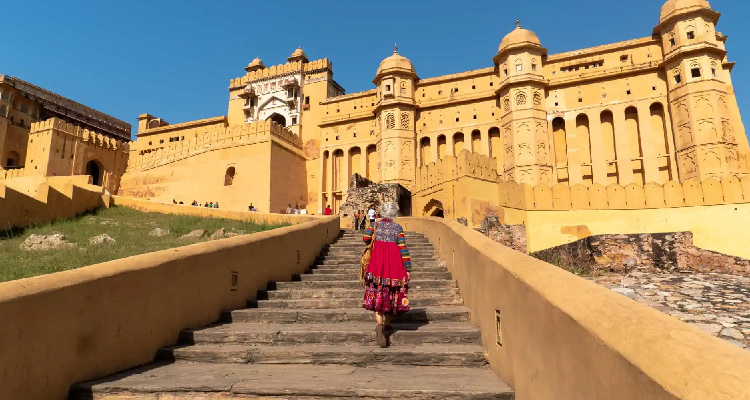
Planning a Rajasthan Family Adventure: Tips and Tricks

Jaipur Tour Guide
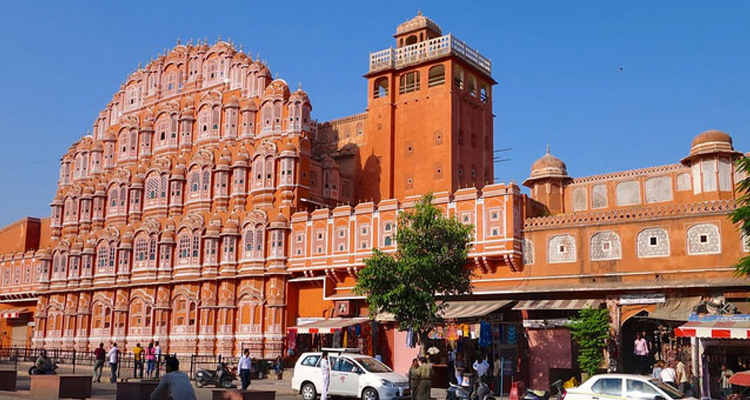
2 Days Jaipur Sightseeing Tour
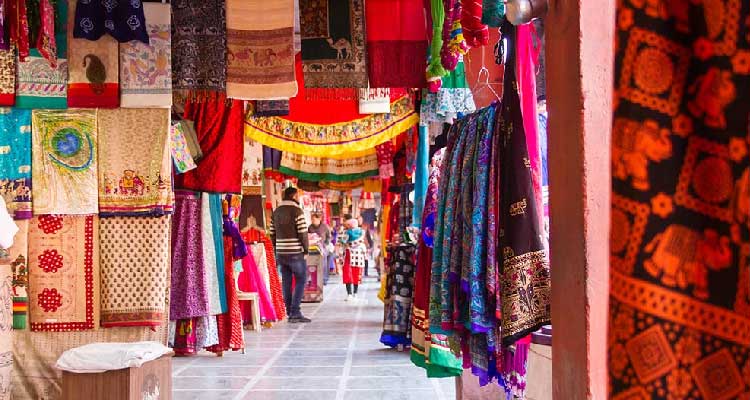
Shopping Paradise: A Guide to the Vibrant Bazaars of Jaipur

Discover Rajasthan with Kids: Top Family-Friendly Destinations

Luxury Cars in Jaipur for That Special Occasion

Top 10 Popular Temples To Visit In Jaipur
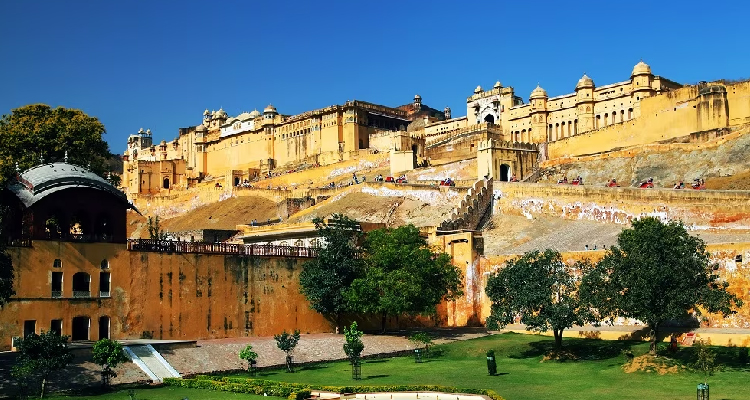
Rajasthan's Kid-Friendly Palaces and Forts: A Historical Adventure for the Family

Amber Fort: About, Time, History, Activities, Price

B2B Travel Company in Rajasthan
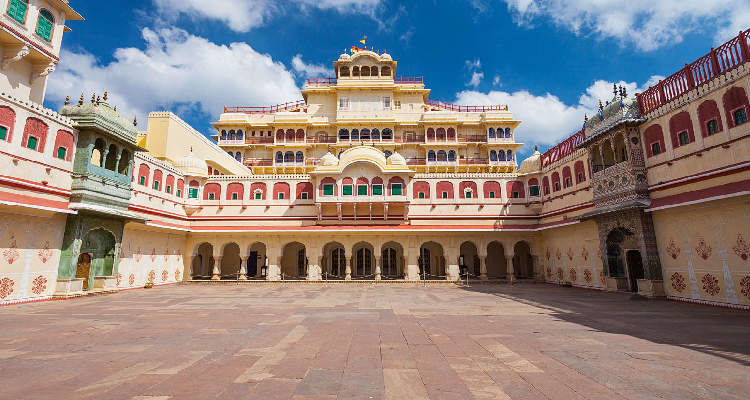
Unique Experiences to Enjoy in Jaipur

Family Fun in Jaipur: Exploring the Pink City with Children

Jaipur Shopping Guide: Best Things to buy and Shopping Places in Jaipur

Udaipur Unplugged: Family-Friendly Activities by the Lake
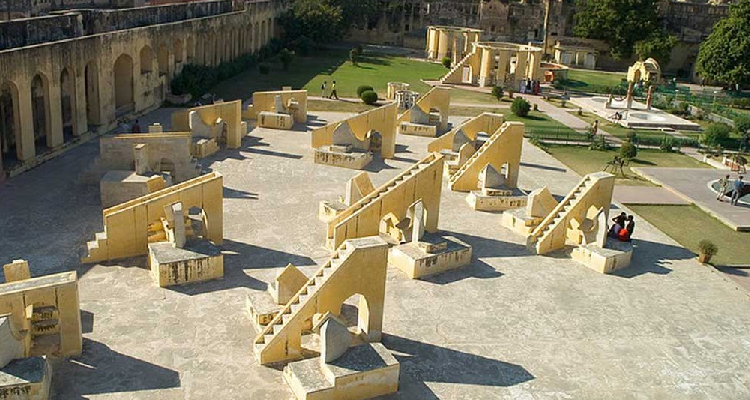
Jantar Mantar: About, History, Activities, Time, and Entry Fees

Wildlife Encounters in Rajasthan: A Family Safari in Ranthambore
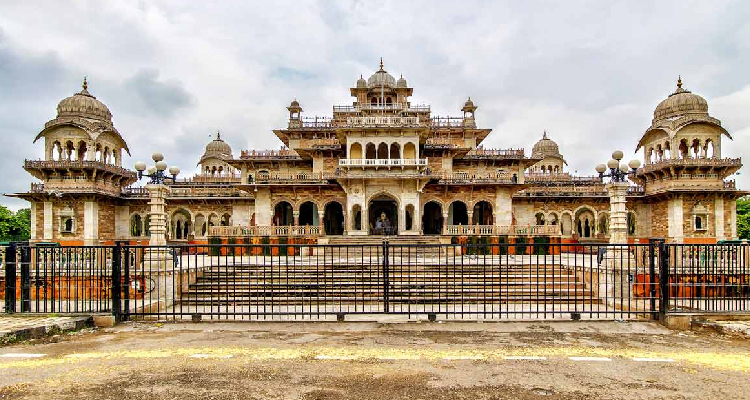
Albert Hall Museum: About, History, Activities, Time, and Entry Fee

Places to visit in Rajasthan

Top 7 Travel Destinations In Rajasthan For A Relaxing Trip In Winter 2022

Jaipur Food Tour

Rajasthan's Festivals for Families: Experiencing the Vibrant Culture Together

Jaipur Amber Fort: The Completer Tour Guide

Jaipur Tour By Tempo Traveller

Rajasthan's Royal Cuisine: Family Food Adventures

Exploring the Aravalli Hills: Family Trekking and Nature Walks

Amer Fort Light and Sound Show 2025

2 Days In Jaipur: Discover The Best Of Pink City In 48 Hrs

Hire Taxi in Jaipur

Jaipur Travel Guide: All You Need To Know For Planning Holiday in Jaipur
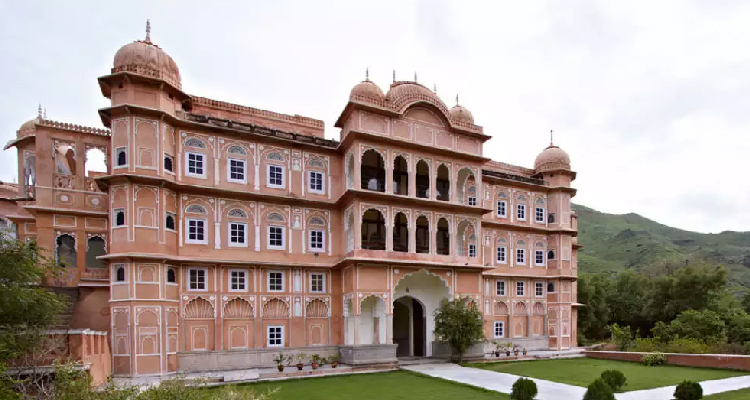
Heritage Hotels in Rajasthan: Unique Stays for the Whole Family
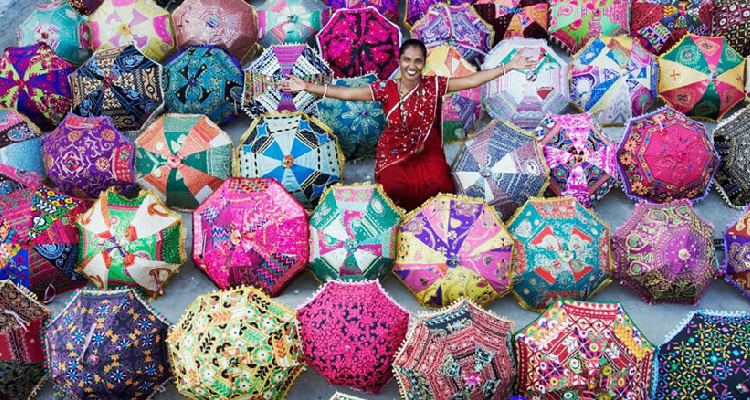
Crafting Memories: Family Art and Craft Experiences in Rajasthan

Wedding Car Rental in Jaipur

Top 10 Places to visit in Rajasthan in Winter
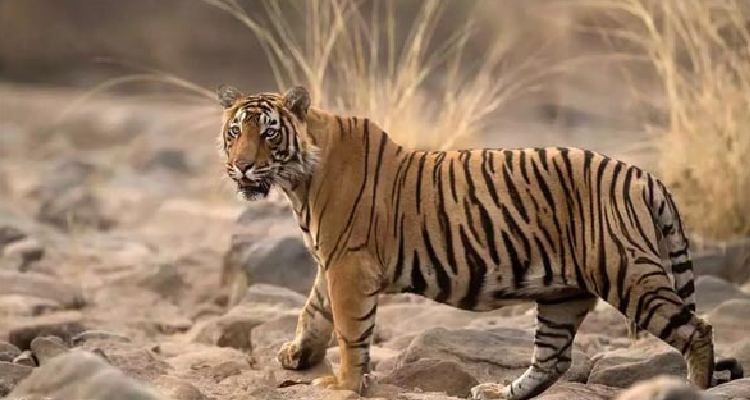
Discover These 5 Wildlife Sanctuaries Around Jaipur To Go On A Holiday Full Of Thrill!

Education Rajasthan Tour: An Ultimate Experience For Kids

Rajasthan Tour by Tempo Traveller

Hot Air Balloon Rides in Rajasthan: A Family Adventure in the Skies

Jaipur Airport Taxi
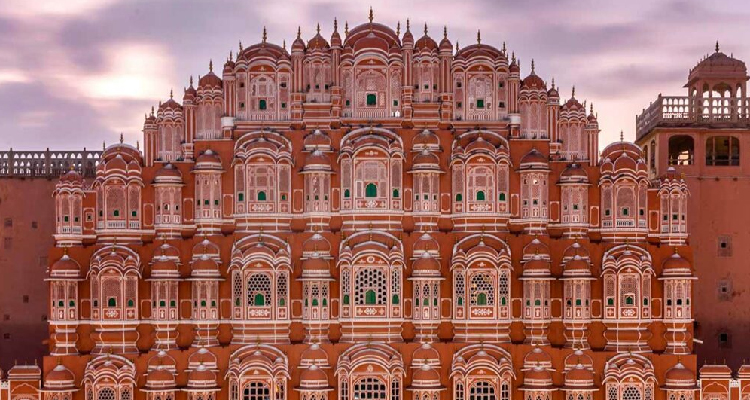
Golden Triangle Travel Guide
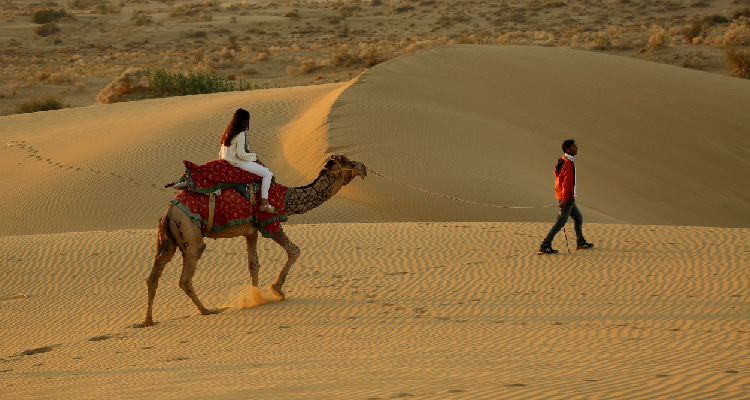
Camel Riding and Desert Camps: Family Adventures in the Thar Desert

Same-Day Tour to Jaipur

Shopping with the Family: Souvenirs and Local Markets in Rajasthan

7-Day Trip to Rajasthan
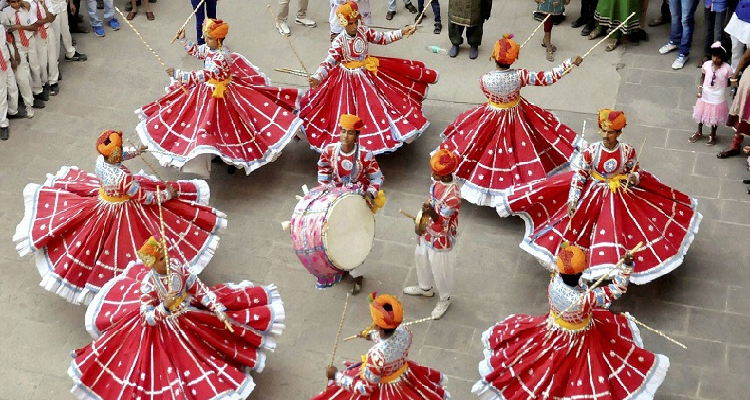
Festivals in Rajasthan

Rajasthan Luxury Tour by Car

Jaipur Like a Local: Experiencing the City Through Local Activities

Family Road Trip: Navigating Rajasthan's Scenic Routes

10 Luxury Stay in Rajasthan

Rajasthani Folk Tales: Storytelling Sessions for Children

Famous Foods of Rajasthan You Must Try on Your First Trip
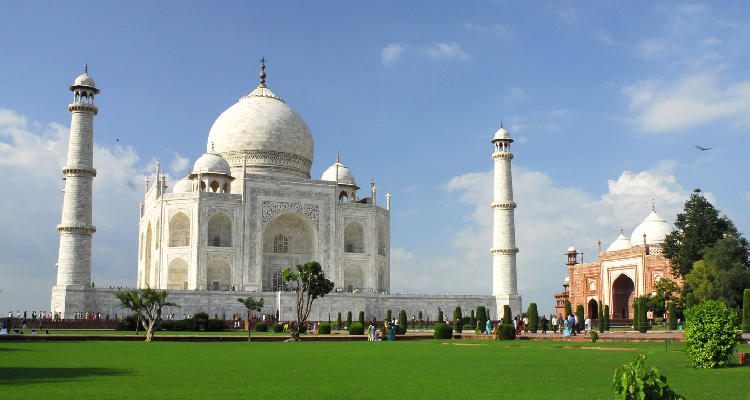
Places to visit On Golden Triangle Tour
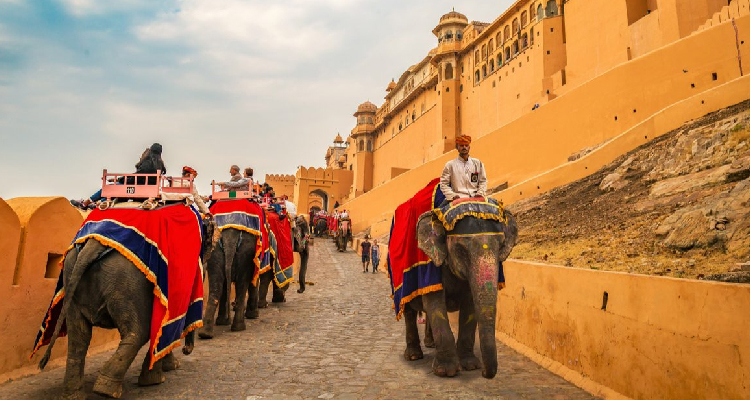
B2B Travel Company in Jaipur

How can I spend 3 days in Jaipur

How to Plan Your Rajasthan Tour

Jaipur Budget-Friendly Tour: The Best Way to Explore

Taxi in Jaipur

Unveiling the Pink City: A Historical Tour of Jaipur
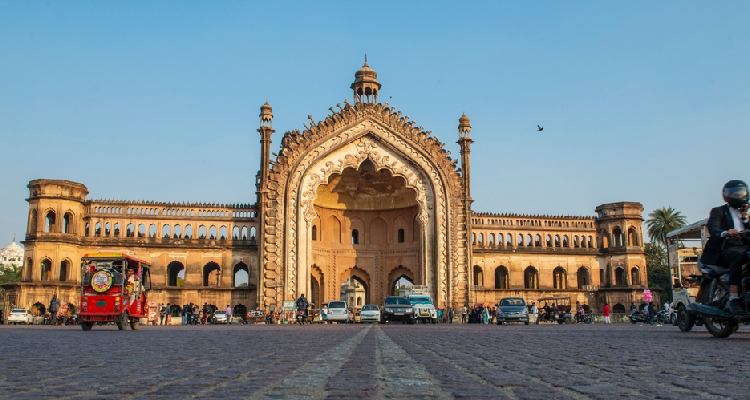
Places to visit in Ayodhya

Why is Jaipur known as Pink City

Taxi Services in Jaipur
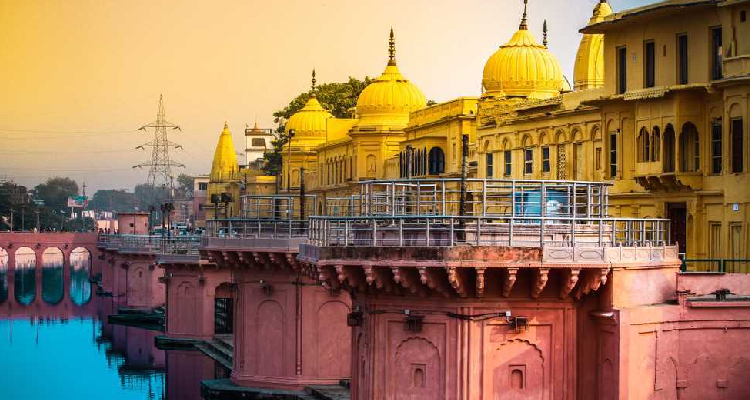
Places to visit near Ayodhya

Attractive Places to Visit Near Jaipur in One Day

Timing & fees for visiting Jaipur monuments
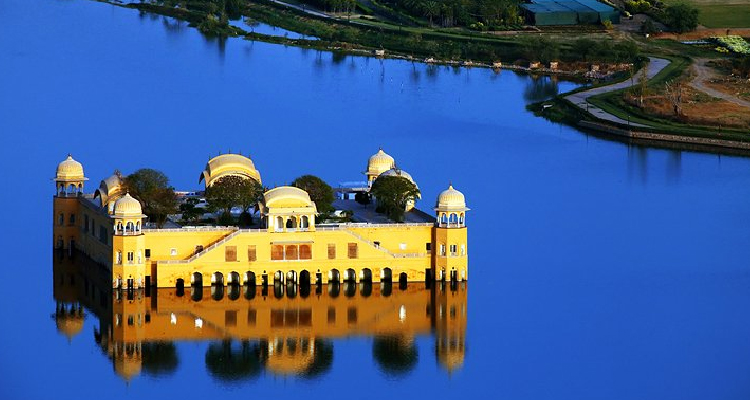
Places to Visit in Jaipur in Winters

Jaipur Sightseeing Tour

Ayodhya Shopping Guide

Jhalana Leopard Safari Price

Planning Your Golden Triangle Tour by Car
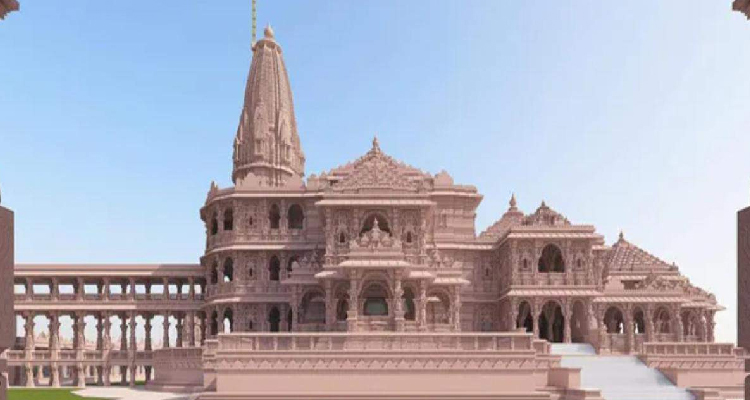
Ram Mandir Tour Guide (Ayodhya Tour Guide)
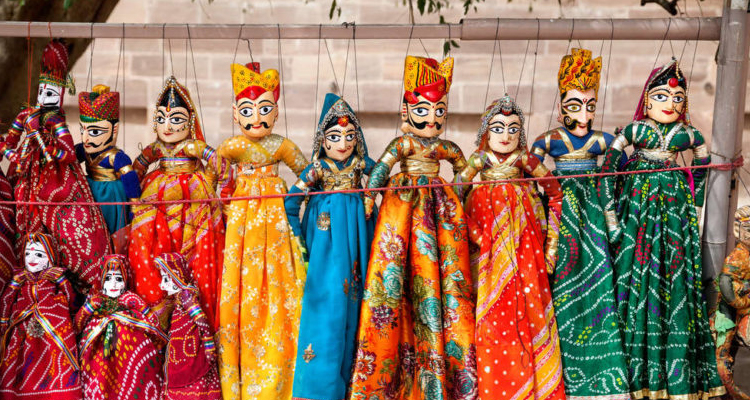
Rajasthan's Puppet Show and Folk Entertainment: A Delight for Kids

Jawai leopard Safari: Plan a memorable Wildlife Trip from Jaipur

Places to Visit Rajasthan in December
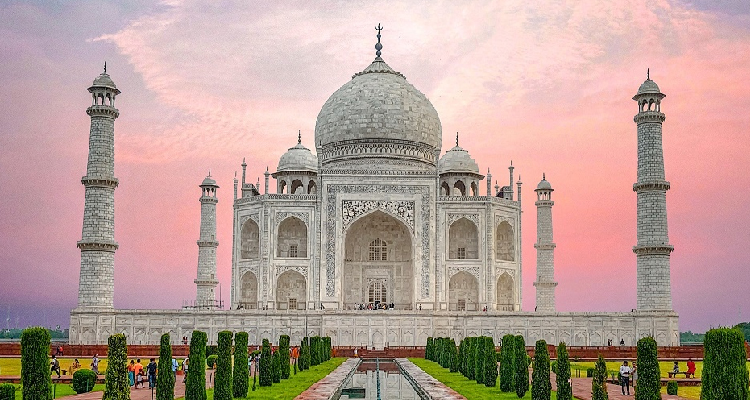
Taj Mahal Agra: Timings, History, Entry Fee, Images, Built by & Information
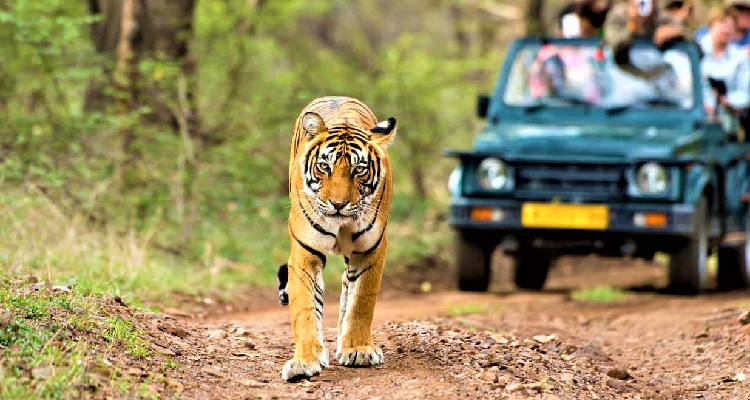
Best Wildlife Sanctuaries Around Jaipur

Tips to plan Jaipur Tour Packages
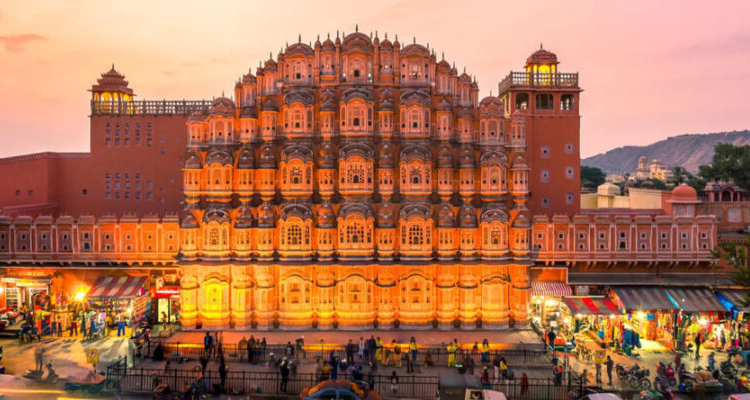
One Day Jaipur Local Sightseeing Tour Package by Car
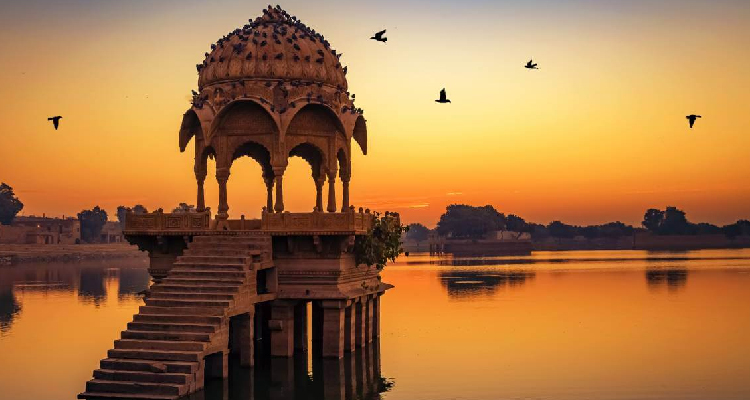
Most Popular Weekend Gateways From Jaipur

Chokhi Dhani Village Jaipur Package - Entry Fee, Timings 2023
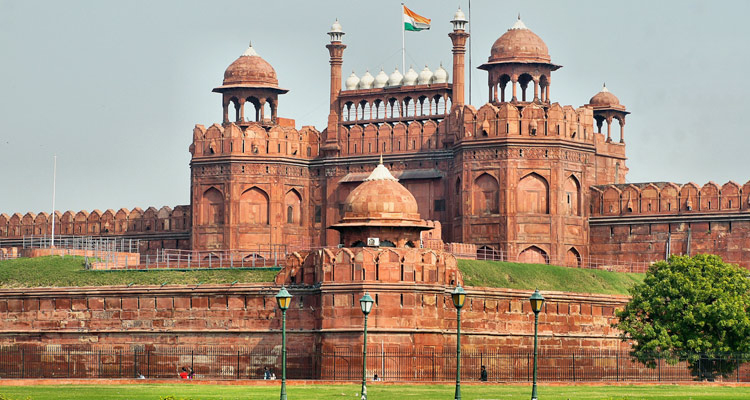
Red Fort / Lal Kila Delhi (Entry Fee, Timings, History, Built by, Images & Location
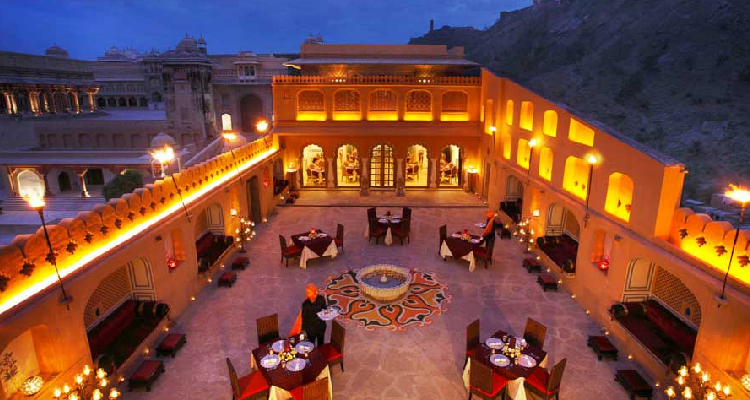
Best Honeymoon Destination in Rajasthan

10 Things To Do In Jaipur
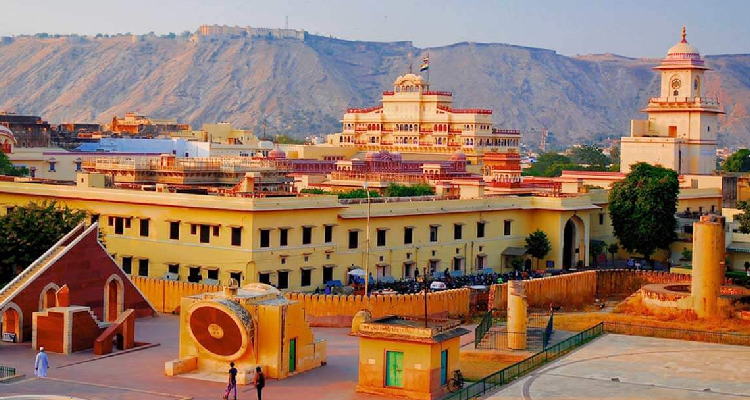
Rajasthan Travel Guide: Places to visit, Best time to visit, How to reach, etc.
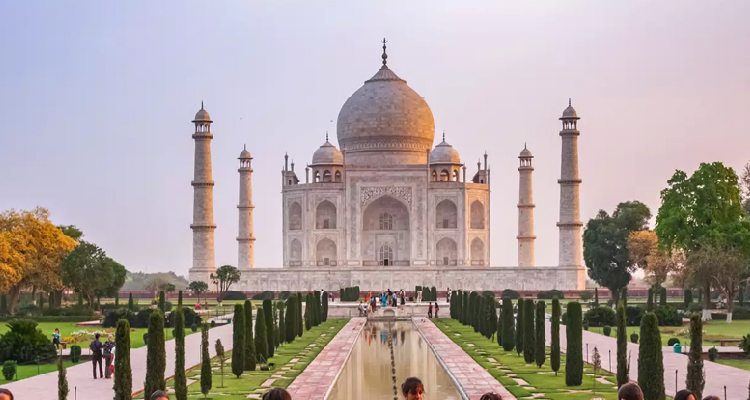
Jaipur Agra Same Day Tour

Best Time To Visit Jhalana Leopard Safari – Jaipur

Rajasthan Shopping Guide

7 Best Places To Visit Near Jaipur On A Same-Day Tour

How To Plan A Jaipur Trip?
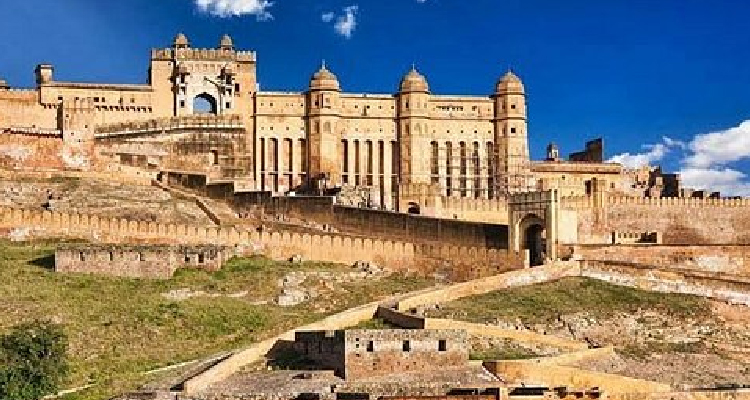
Top 68 Places to Visit in Jaipur
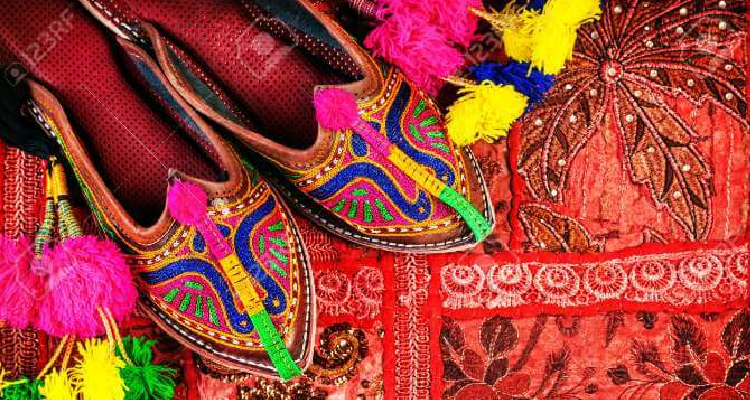
Best Shopping Places in Jaipur
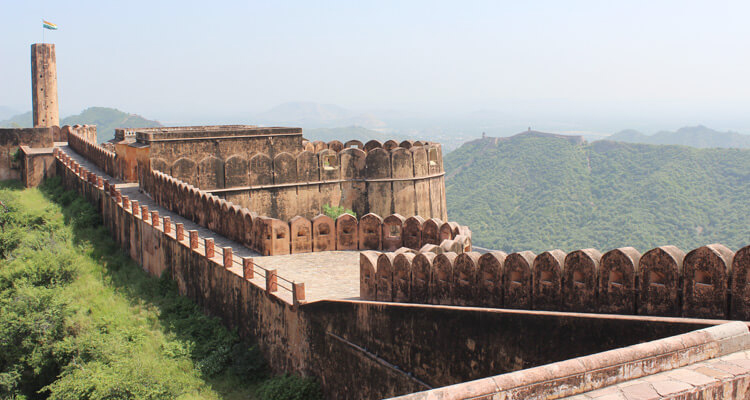
Jaigarh Fort, Jaipur (2024): Timings, Entry Fee, History
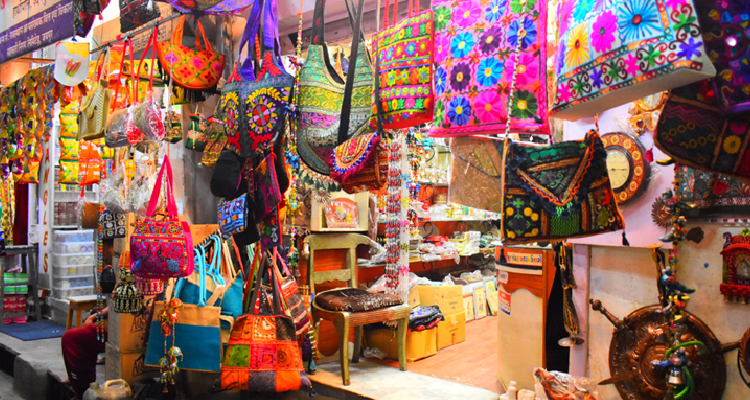
7 Things To Shop In The Jaipur Shopping Tour
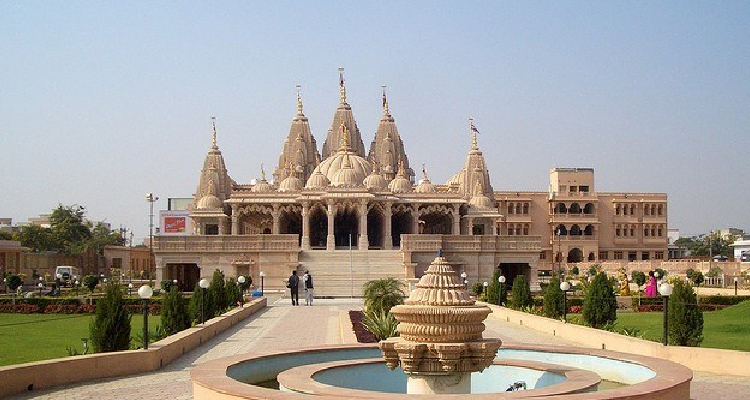
Akshardham Temple Jaipur

Luxury Car Rental in Jaipur
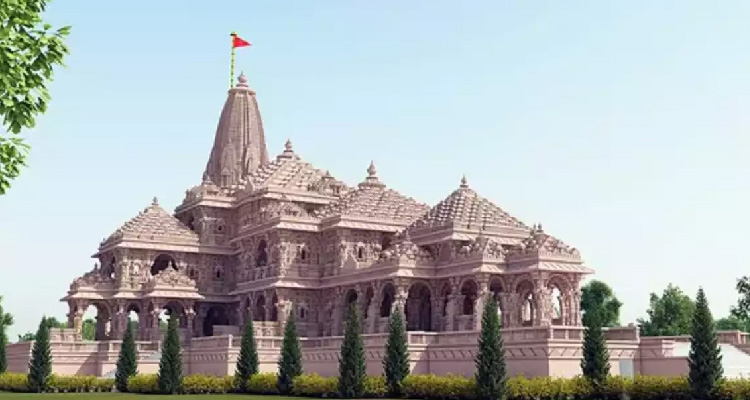
Architectural Marvels of Ayodhya: Heritage of Temples and Palaces

Planning Your Ayodhya Expedition: Travel Tips and Local Insights
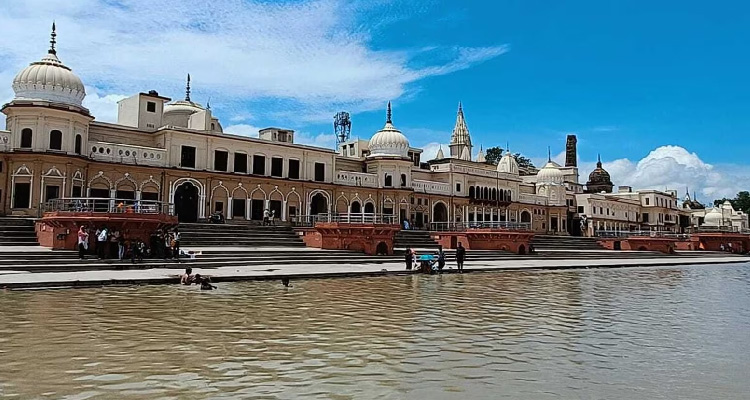
Heritage Walk: Unveiling Ayodhya's Historical Treasures
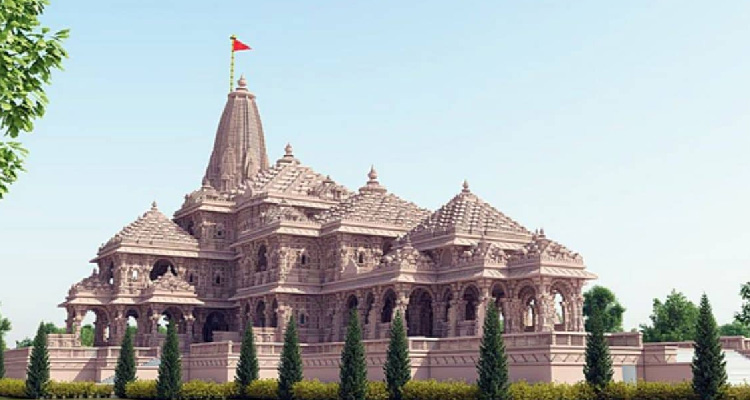
Exploring Ayodhya Beyond the Ram Mandir: Hidden Gems and Local Delights
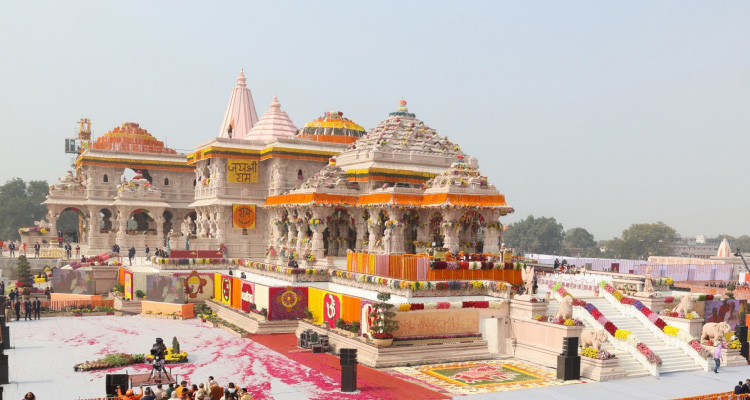
Things to do in Ayodhya

Call Our Customer Care Executive. We Are Available 24x7 Just Dial.
91-9166497735